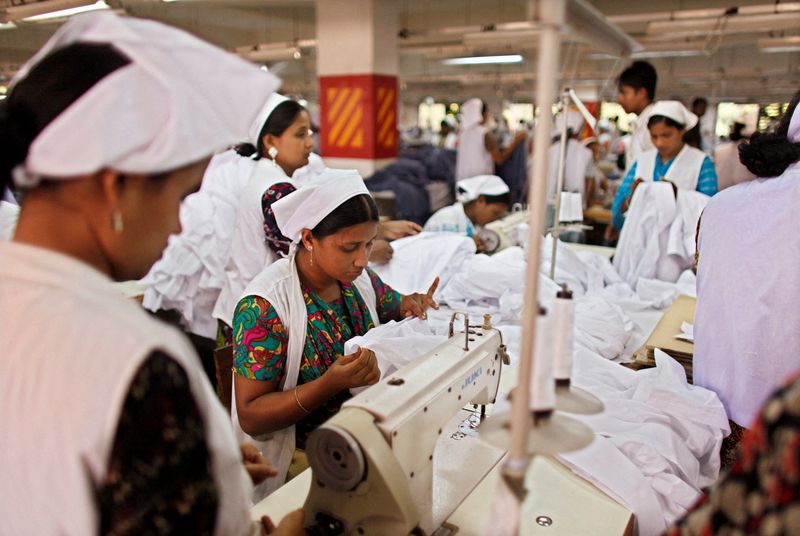The World Bank has introduced a comprehensive Gender Strategy for the period of 2024 to 2030, aiming to enhance economic opportunities for women worldwide. Announced during the International Monetary Fund and World Bank annual meetings in Washington, this strategy outlines specific objectives designed to promote women’s participation in the global economy through improved access to essential resources. Notably, the initiative emphasizes social protection, enhanced access to broadband internet, and increased capital availability for women and women-led enterprises. As part of this strategic plan, the World Bank aims to empower women economically, facilitating their access to crucial services that enhance their quality of life and economic status.
One of the primary goals of the Gender Strategy is to enable an additional 300 million women to utilize broadband internet by the year 2030. According to the World Bank, internet access is critical in unlocking various opportunities in life, including education, financial services, and job prospects. By bridging the digital divide and ensuring that women can access reliable internet, the World Bank believes it can significantly enhance women’s involvement in the economy, making them active participants rather than passive spectators. This initiative is not only about connectivity; it seeks to integrate women into the digital economy, thus fostering a more inclusive and equitable economic environment.
In addition to improving internet access, the Gender Strategy is focused on supporting social protection programs aimed at 250 million women, particularly the poorest and most vulnerable sectors of society. Recognizing that economic empowerment begins with a secure foundation, the World Bank’s approach includes providing necessary support structures to alleviate poverty and enhance stability for women and their families. These social protection measures are intended to create a safety net that can withstand shocks and challenges, ensuring that women are not left behind in times of economic hardship.
Furthermore, the strategy places a significant emphasis on enhancing the capital available to women and women-led businesses. By setting a target to provide capital to 80 million women entrepreneurs, the World Bank is addressing a crucial barrier that has historically limited women’s entrepreneurial growth. Access to financing and funding is crucial for women seeking to start and grow their businesses. Through targeted interventions and the provision of financial resources, the strategy aims to dismantle the obstacles that women face in the business landscape, fostering entrepreneurship and innovation among women.
World Bank President Ajay Banga articulated the broader implications of this Gender Strategy, stating that increasing women’s economic participation has benefits that extend beyond individual prosperity. He emphasized that the empowerment of women strengthens families and communities, ultimately contributing to the overall economic growth on a global scale. This perspective highlights the interconnectedness of women’s economic roles with broader societal well-being, reinforcing the premise that when women thrive, entire communities prosper.
Overall, the World Bank’s Gender Strategy for 2024-2030 represents a significant shift towards recognizing and addressing the economic barriers faced by women around the world. By focusing on improved access to broadband, support through social protection programs, and increased capital for entrepreneurship, the strategy aims to create a more equitable economic landscape. It serves as a call to action for governments, organizations, and individuals to invest in women’s empowerment, recognizing it as a critical driver for sustainable development and economic resilience. The ambitious goals set forth by the World Bank could transform the lives of millions of women if effectively implemented, paving the way for more inclusive economic growth.

